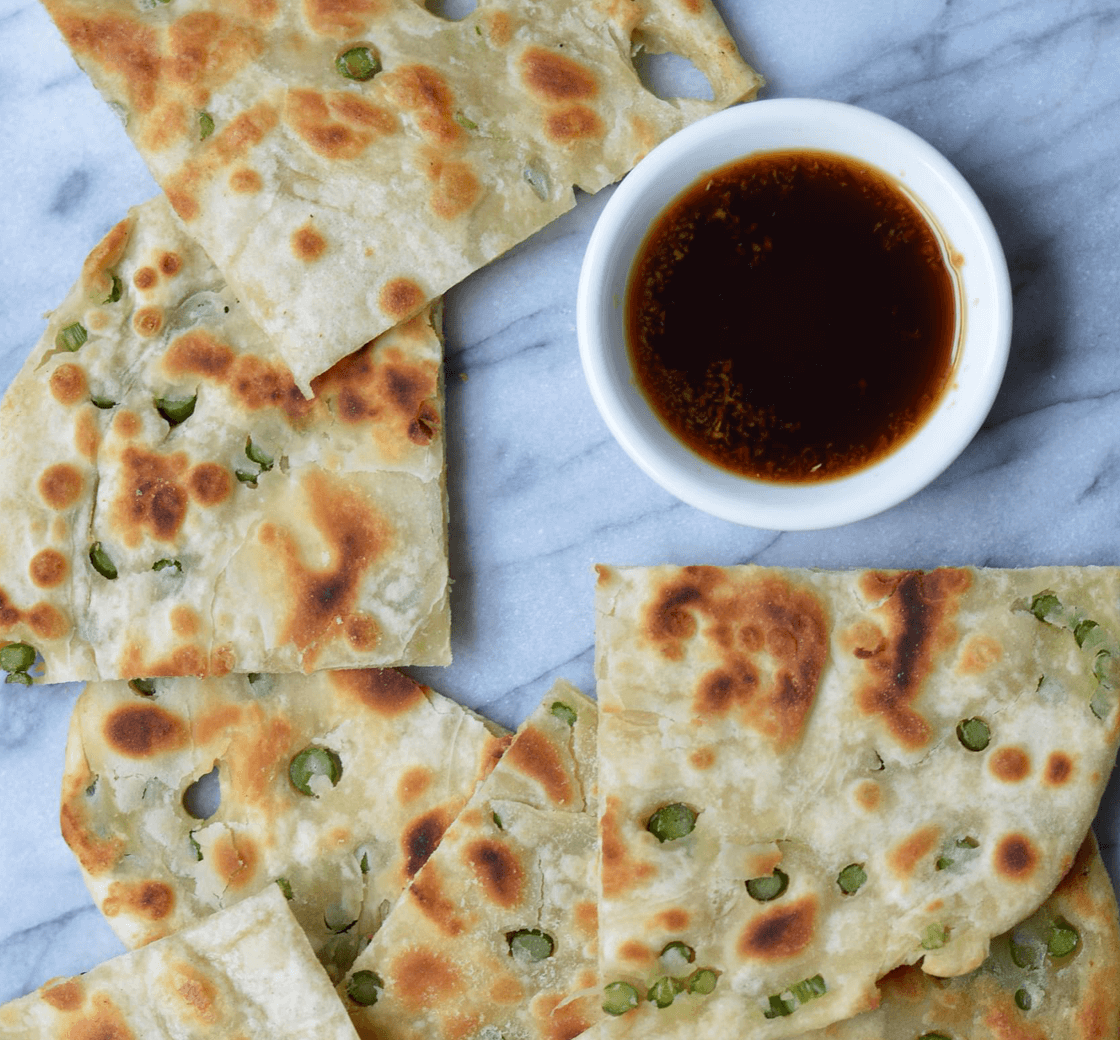
One of the world's oldest cultures, China has a complex cuisine, with a range of regional dishes often not found anywhere outside of the country. Some techniques, ingredients and dishes are similar throughout all of China; this Essentials class focuses on those, giving you a well-rounded overview of Chinese food and culinary culture. From stir-frying and braising to steaming and red cooking, you will learn to use traditional Chinese techniques to make a menu that includes: scallion pancakes with dipping sauce; red-cooked chicken with rice; dan dan noodles; and Chinese broccoli with oyster sauce.

You will work in teams to execute the class menu. At the end of class, participants gather to enjoy the food they have prepared. Wine is served with meals in most classes. All class menus are subject to change. While a snack platter is offered in both morning and evening classes, you may want to consider a light snack before joining us for class. Students are encouraged to bring a light lunch or dinner to all pastry classes.

You will work in teams to execute the class menu. At the end of class, participants gather to enjoy the food they have prepared. Wine is served with meals in most classes. All class menus are subject to change. While a snack platter is offered in both morning and evening classes, you may want to consider a light snack before joining us for class. Students are encouraged to bring a light lunch or dinner to all pastry classes.
Knowing how to use knives skillfully is the foundation of all cooking, and doesn't have to be scary or frustrating. Many home and even professional cooks don't always wield a knife correctly, however, which increases food preparation time and makes the process harder --- and less safe --- than it should be. Simply put, good knives are the foundation of a well-equipped kitchen. This class remedies all these basic issues: You will learn how to slice, dice, chop, and much more in the safest and most efficient manner. This class will even guide you through the practice of keeping your knives sharp and handling them correctly.
The simple yet refined flavors of Tuscan cooking are world famous, and with good reason. Whether the product of one of Florence's great restaurants or the simple dishes from a country kitchen, the integrity of Tuscan cooking has won applause for centuries. Learn some of the secrets of this venerable cuisine as you make and enjoy: crostini with roasted eggplant; bistecca alla fiorentina; pollo alla toscana and cipolline agrodolce.
Elevate your Indian cooking skills with our "Essentials of Indian Cooking II" class. Explore the diverse flavors of India as you learn to prepare an authentic menu of Whole Wheat Chapati, Rogan Josh, Saucy Shrimp Vindaloo, Tadka Dal, Fragrant Cumin Rice Pulao , and Mango Lassi. Our expert chef will guide you through the techniques and ingredients that make Indian cuisine so flavorful and aromatic.
Ranked as America’s Best Culinary School (USAToday 2019), our roster of Chef-Instructors have run top kitchens around the globe.
| (Separate multiple addresses with commas like: john@aol.com, jane@aol.com) | |